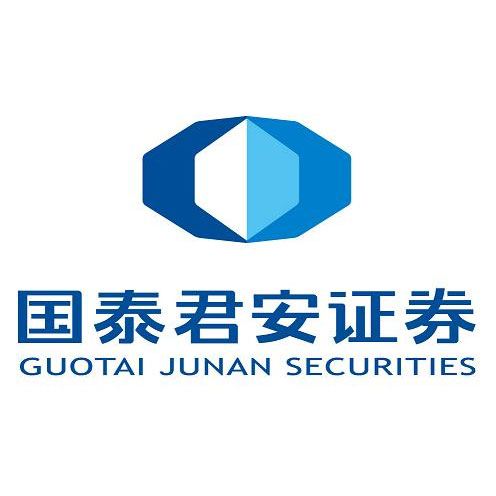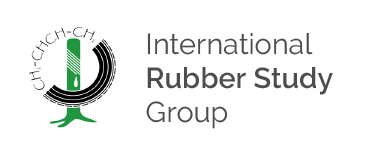
China's economy: In the second quarter of this year, China‘s GDP growth rate slowed to 0.4% YOY, and it actually increased by 2.5% in the first half of the year. As an important part of stabilizing global economic development, how China's economy performs in the second half of the year has a very important impact on global commodity demand. China's economic development trend in H2 can focus on two aspects, one is the uncertainty brought up by the covid and with mass testing, lockdowns and other restrictions to contain covid, and the other is real estate adjustment and its related industries and investments.
The second quarter will be the "bottom" of the year, and the main theme in the second half of the year is recovery. It is expected that the central bank will continue to use a variety of monetary policy tools to provide market liquidity. Investments in infrastructure, manufacturing, and high-tech industries will continue to accelerate, it will become an important driving force for China's economic development. However, the uncertainties brought about by the covid control still have a great impact on residents' travel and consumption. In the medium and long term, China's economy is still strong and resilient. Some hope that the government will loosen up after the Communist Party congress in October. It is expected that the struggling economy will still last till the second half of the year, and the start-up may be in the first quarter of 2023.
Rubber industry: Although the Yunnan region started tapping earlier this year, the dry rubber content decreased due to the diversion of latex concentrate and more rain; the Hainan production area delayed tapping season this year. From general point of view, the SHFE WF receipts may face reduction this year. The increase in supply of light-colored rubber this year is expected to be falsified. In terms of dark rubber, with the decline in the premium of overseas, especially Indonesia, exported to Europe and the United States, overseas export sources may return to the Chinese market. The import of dark rubber in China may be accelerated in the later period, and there may be a more obvious accumulation in October. With one increase and another decrease, investors should pay more attention to the different supply and demand sides of subdivided rubber types under the background that the contradiction in the total amount of rubber is not prominent. Globally, natural rubber is still oversupplied.
In terms of demand, under the influence of the epidemic, logistics and transportation were hindered, and domestic demand for tires was weak. Benefiting from the repairing of road transportation demand in Europe and the United States, domestic tires mainly rely on exports orders in the first half of the year. But the domestic tire export orders showed an inflection point at the end of July and early August, and the OE passenger car market showed bright spots in the market segment under the favorable new energy vehicle policy. If some favorable industrial policies can be introduced at the 20th National Congress of the Communist Party of China, domestic demand may be able to offset some of the decline in exports.
The current total inventory is about 1.1 million tons, and the total inventory in Qingdao is in a historical low level. However, due to weak demand, downstream manufacturers are not very motivated to purchase raw materials. The inventory of finished tires of domestic tire companies is at a high level, which also reflects sluggish sales. All in all, from our point of view, the rubber price will still run weakly in the short term, and it will be fluctuating in medium and long-term.
Author: GAO Linlin, GTJA Futures

